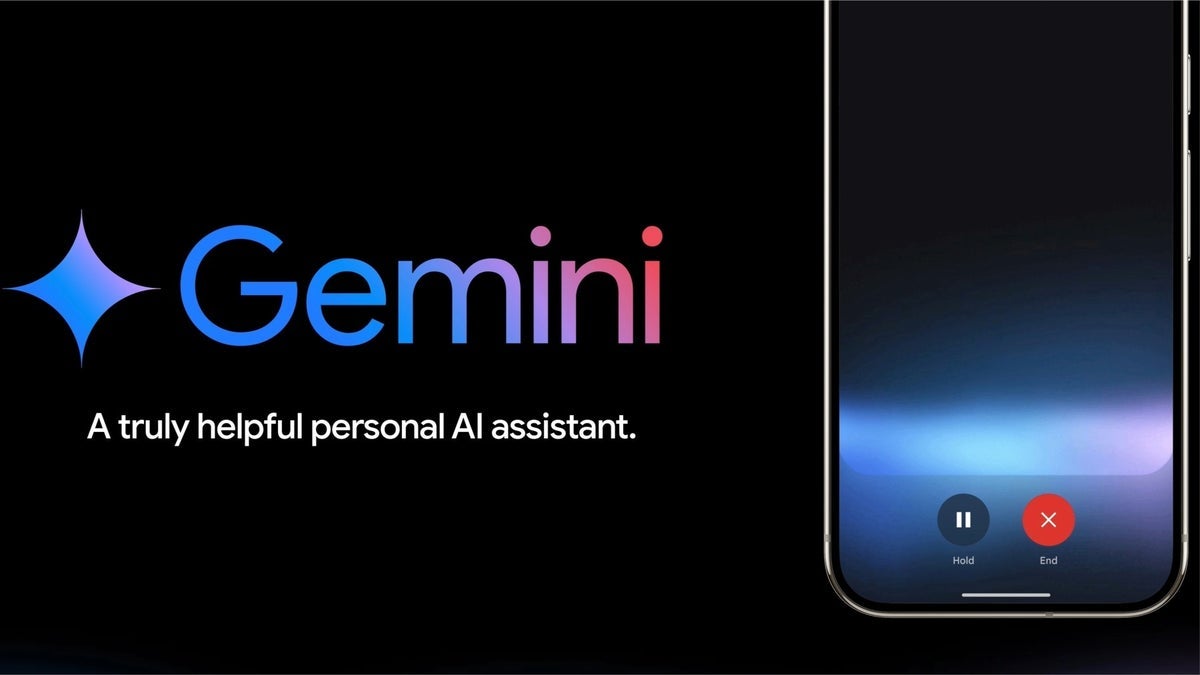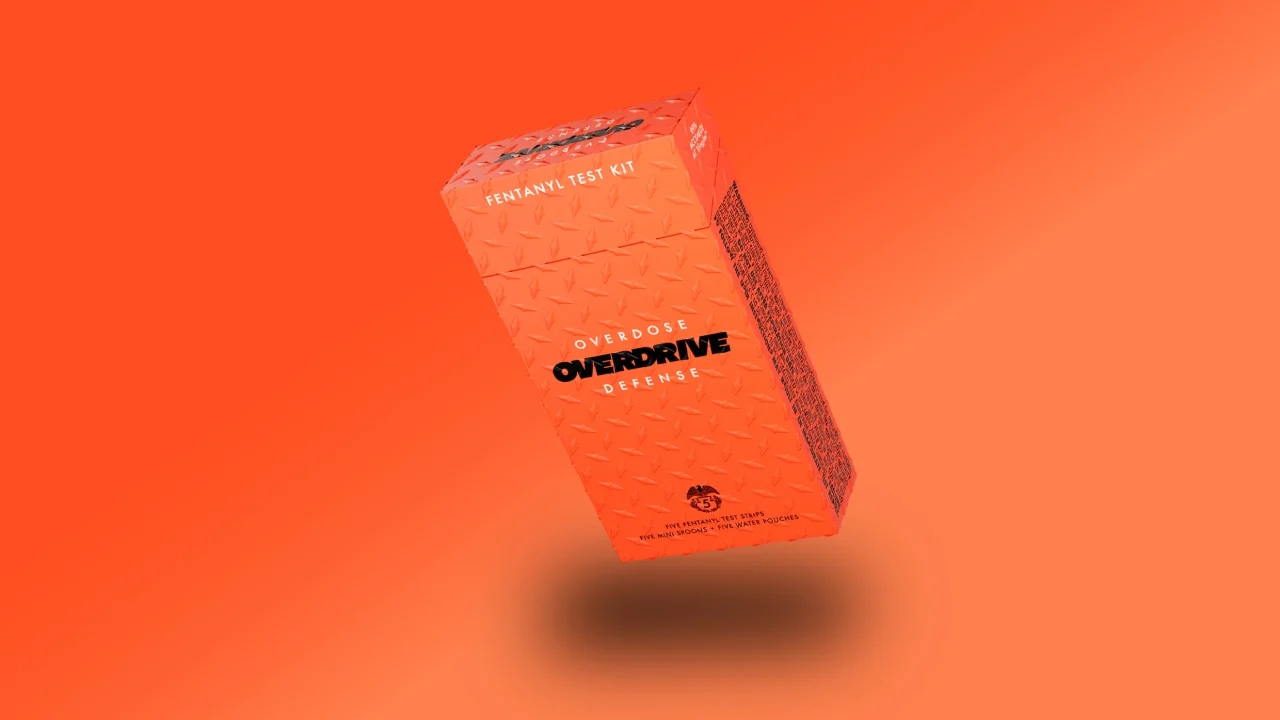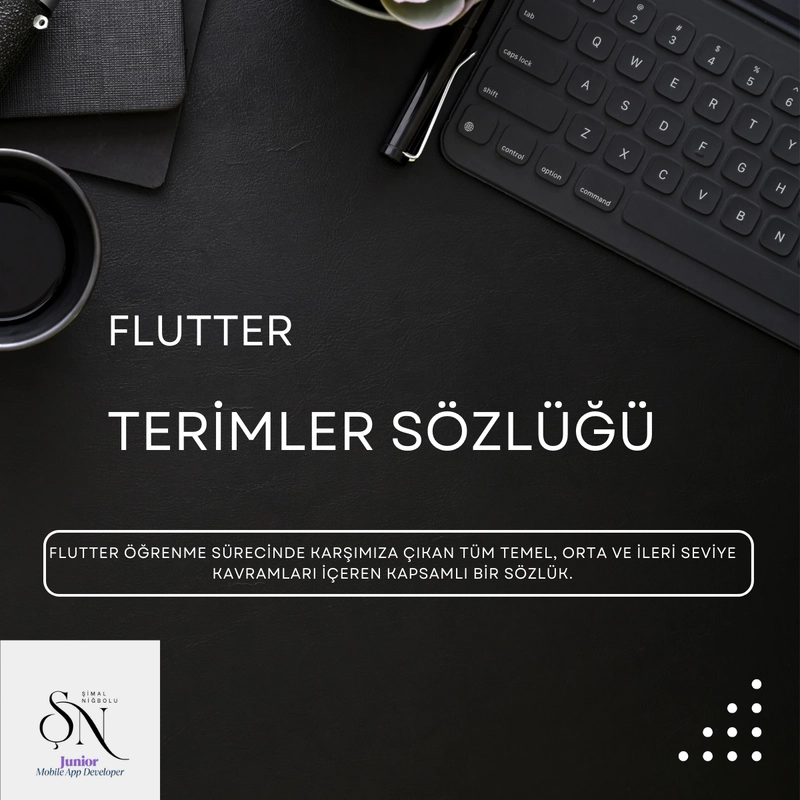Bridging the Gap: Funding Blockchain Innovations in Agriculture and Pharmaceutical Supply Chains
Abstract This post delves into how blockchain technology is revolutionizing two vital industries—agriculture and pharmaceuticals—by ensuring food safety, transparent supply chains, and reliable data security. We explore the historical context, core technical features such as decentralized ledgers, smart contracts, and NFT-based funding models, and practical applications that strengthen product traceability and accountability. We also highlight the funding initiatives that drive research and development, address challenges from technology integration to regulatory compliance, and discuss emerging trends like IoT integration and enhanced interoperability. Key industry examples, tables, and bullet lists illustrate the pivotal role of funding in scaling blockchain innovations for a more transparent and secure future. Introduction Blockchain technology has expanded far beyond the digital currency realm, emerging as a catalyst for real-world transformation. Its inherent characteristics—decentralization, transparency, and traceability—make blockchain an ideal technology to address inefficiencies in supply chains. In agriculture, blockchain is being employed to guarantee food safety and traceability from the farm to the fork. In the pharmaceutical realm, it combats counterfeit drugs by ensuring every step in the drug supply chain is securely recorded. Funding is a critical enabler in this transformation. Investors, governmental bodies, and private institutions support blockchain-based projects that create robust digital ecosystems. This post explores funding mechanisms, technical breakthroughs, and the practical applications of blockchain innovations in agriculture and pharmaceuticals, while also highlighting challenges and future outlooks. For an in-depth original discussion on these topics, see Bridging the Gap: Funding Blockchain Innovations in Agriculture and Pharmaceutical Supply Chains. Background and Context Blockchain first emerged in response to the need for secure, tamper-proof records in financial transactions. Over time, it has evolved into a multifaceted technology that supports smart contracts, traceability, and secure data sharing. The evolution of blockchain has paved the way for its integration into various sectors. In agriculture, traditional supply chains have long struggled with inefficiencies, fraud, and the inability to seamlessly monitor food safety. Early applications of blockchain began with organic produce verification and fair-trade certification, now expanding to comprehensive food traceability from planting to distribution. Pharmaceutical supply chains, constantly under threat from counterfeit medications and data breaches, have also welcomed blockchain’s robust security features. With examples like Walmart’s Blockchain for Supply Chain Transparency, companies have begun to implement immutable records to monitor drug authenticity and delivery. Funding initiatives are key to developing these blockchain ecosystems. Regional, national, and international funding strategies—including blended finance, research grants, and public-private partnerships—support the development of digital infrastructures that are critical to achieving supply chain transparency. Core Concepts and Features Blockchain integrates several core concepts that make its innovation in agriculture and pharmaceuticals both transformative and sustainable. Below are some of the key concepts and features: Decentralized Ledgers and Transparency Decentralization: Blockchain eliminates the single point of failure by distributing data across multiple nodes. This ensures that data remains secure and tamper-proof. Transparency: Every transaction is recorded in an immutable ledger that is accessible to all stakeholders. This is crucial for food safety in agriculture and for ensuring authenticity in pharmaceutical supply chains. Smart Contracts and Automated Processes Smart Contracts: Self-executing protocols running on the blockchain automatically enforce contractual agreements. This allows farmers to receive prompt payments after quality verifications and ensures automated regulatory compliance in drug supply chains. Reduced Intermediaries: By cutting down manual interventions, smart contracts lower costs and minimize errors. Traceability and Data Security End-to-End Traceability: Integrating blockchain with IoT sensors enables real-time recording of environmental and production data. This enhances quality control and ensures compliance with regulatory standards. Robust Data Security: Blockchain protects sensitive data and secures supply chain records against cyber attacks and fraud. Open Source Collaborations and NFT Incentives Funding Open Source Projects: Platforms like The Future of Open Source with Blockchain Integration leverage open source contributions which are key to innovation. NFT-Based Funding: Non-Fungible T

Abstract
This post delves into how blockchain technology is revolutionizing two vital industries—agriculture and pharmaceuticals—by ensuring food safety, transparent supply chains, and reliable data security. We explore the historical context, core technical features such as decentralized ledgers, smart contracts, and NFT-based funding models, and practical applications that strengthen product traceability and accountability. We also highlight the funding initiatives that drive research and development, address challenges from technology integration to regulatory compliance, and discuss emerging trends like IoT integration and enhanced interoperability. Key industry examples, tables, and bullet lists illustrate the pivotal role of funding in scaling blockchain innovations for a more transparent and secure future.
Introduction
Blockchain technology has expanded far beyond the digital currency realm, emerging as a catalyst for real-world transformation. Its inherent characteristics—decentralization, transparency, and traceability—make blockchain an ideal technology to address inefficiencies in supply chains. In agriculture, blockchain is being employed to guarantee food safety and traceability from the farm to the fork. In the pharmaceutical realm, it combats counterfeit drugs by ensuring every step in the drug supply chain is securely recorded.
Funding is a critical enabler in this transformation. Investors, governmental bodies, and private institutions support blockchain-based projects that create robust digital ecosystems. This post explores funding mechanisms, technical breakthroughs, and the practical applications of blockchain innovations in agriculture and pharmaceuticals, while also highlighting challenges and future outlooks. For an in-depth original discussion on these topics, see Bridging the Gap: Funding Blockchain Innovations in Agriculture and Pharmaceutical Supply Chains.
Background and Context
Blockchain first emerged in response to the need for secure, tamper-proof records in financial transactions. Over time, it has evolved into a multifaceted technology that supports smart contracts, traceability, and secure data sharing. The evolution of blockchain has paved the way for its integration into various sectors.
In agriculture, traditional supply chains have long struggled with inefficiencies, fraud, and the inability to seamlessly monitor food safety. Early applications of blockchain began with organic produce verification and fair-trade certification, now expanding to comprehensive food traceability from planting to distribution.
Pharmaceutical supply chains, constantly under threat from counterfeit medications and data breaches, have also welcomed blockchain’s robust security features. With examples like Walmart’s Blockchain for Supply Chain Transparency, companies have begun to implement immutable records to monitor drug authenticity and delivery.
Funding initiatives are key to developing these blockchain ecosystems. Regional, national, and international funding strategies—including blended finance, research grants, and public-private partnerships—support the development of digital infrastructures that are critical to achieving supply chain transparency.
Core Concepts and Features
Blockchain integrates several core concepts that make its innovation in agriculture and pharmaceuticals both transformative and sustainable. Below are some of the key concepts and features:
Decentralized Ledgers and Transparency
- Decentralization: Blockchain eliminates the single point of failure by distributing data across multiple nodes. This ensures that data remains secure and tamper-proof.
- Transparency: Every transaction is recorded in an immutable ledger that is accessible to all stakeholders. This is crucial for food safety in agriculture and for ensuring authenticity in pharmaceutical supply chains.
Smart Contracts and Automated Processes
- Smart Contracts: Self-executing protocols running on the blockchain automatically enforce contractual agreements. This allows farmers to receive prompt payments after quality verifications and ensures automated regulatory compliance in drug supply chains.
- Reduced Intermediaries: By cutting down manual interventions, smart contracts lower costs and minimize errors.
Traceability and Data Security
- End-to-End Traceability: Integrating blockchain with IoT sensors enables real-time recording of environmental and production data. This enhances quality control and ensures compliance with regulatory standards.
- Robust Data Security: Blockchain protects sensitive data and secures supply chain records against cyber attacks and fraud.
Open Source Collaborations and NFT Incentives
- Funding Open Source Projects: Platforms like The Future of Open Source with Blockchain Integration leverage open source contributions which are key to innovation.
- NFT-Based Funding: Non-Fungible Tokens (NFTs) provide creative finance models that reward contributors and investors. Initiatives such as the Revv Racing NFT Collection by Animoca Brands and the Zora NFT Collection and Team exemplify this trend.
Interoperability and Integration
- Standardized Protocols: Blockchain’s standardized protocols facilitate the integration of legacy systems with modern blockchain platforms.
- Cross-border Supply Chain Coordination: Interoperability ensures smooth transactions across international supply chains, thereby supporting global operations.
Key Concepts Summary List
- Decentralized Ledgers for secure data storage.
- Smart Contracts to streamline operations.
- Traceability for end-to-end product tracking.
- Data Security to protect sensitive information.
- Open Source Funding to drive technology innovation.
- NFT Incentives for modern fundraising models.
- Interoperability for seamless system integration.
Applications and Use Cases
Blockchain technology is already generating tangible improvements across agriculture and pharmaceuticals. Below are several practical use cases that demonstrate its versatility:
Agriculture Use Cases
Food Traceability Platforms
Farmers and distributors are using blockchain-powered systems to record every phase of the supply chain—from seed selection to product distribution. By scanning a unique QR code on a product, consumers can trace the journey of their food, increasing trust in food safety. This process ensures accuracy, transparency, and accountability, thus reducing fraud.Smart Contracts for Automated Payments
Traditional supply chain systems often rely on intermediaries, slowing down transactions and increasing costs. With smart contracts, payments can be automatically triggered once predefined quality standards are met. This reduces administrative overhead and provides quick compensation to farmers, thereby boosting trust among stakeholders. Funding from both government subsidies and private investments accelerates these innovations.NFT Incentive Programs
Some projects incentivize sustainable agricultural practices by rewarding farmers with collectible NFTs. These digital tokens, once earned, can be traded, providing an additional revenue stream and raising capital for further technological investments. Initiatives like the Upland NFT Collection and Team highlight this innovative funding approach.
Pharmaceutical Use Cases
Securing Supply Chain Transparency
In pharmaceuticals, blockchain platforms track the drug lifecycle—from manufacturing to distribution—to ensure that only verified medications enter the market. Such platforms significantly reduce the risk of counterfeit drugs, as every transfer or multiplication of data is recorded on an immutable ledger. The transparency built through this mechanism builds confidence among regulators and consumers alike.Counterfeit Drug Prevention
Blockchain’s capacity to verify each transaction helps regulatory bodies detect discrepancies in shipment records and manufacturing processes. In one documented instance, blockchain technology was used to quickly identify and recall counterfeit drug batches, safeguarding patient health and reducing economic losses.Automated Compliance and Regulatory Oversight
Smart contracts in pharmaceutical supply chains automatically verify compliance with various standards and regulatory requirements. When a drug reaches a critical process checkpoint, the smart contract checks and validates its authenticity, streamlining audits and ensuring data consistency. The funding behind these projects, often from international aid and corporate investments, is essential for scalability and robustness.
Use Case Summary Table
Below is a table summarizing key areas of application and funding support in agriculture and pharmaceuticals:
| Use Case | Key Features | Funding Sources |
|---|---|---|
| Food Traceability Platforms | Immutable ledger, QR code scanning, real-time data | Government subsidies, venture capital |
| Smart Contracts for Payment Automation | Automated verification, reduced intermediaries | Private investments, public grants |
| NFT Incentive Programs | Digital collectibles, eco-friendly rewards | Crowdfunding, open source funding |
| Pharma Supply Chain Transparency | End-to-end tracking, counterfeit prevention | Corporate investments, international aid |
| Automated Regulatory Compliance | Smart contracts, real-time data sharing | Research grants, public-private partnerships |
Challenges and Limitations
Despite transformative potential, deploying blockchain solutions in agriculture and pharmaceuticals faces several challenges:
Technical Complexity:
Developing a scalable and interoperable blockchain system can be technically demanding. Integrating legacy systems with new blockchain solutions may require substantial infrastructural changes, expert engineering, and continuous system refinement.High Initial Costs:
Establishing blockchain-based systems needs significant upfront investments, including digital infrastructure and training. Smallholder farmers and medium-sized firms might struggle with these costs unless supported by sustained funding initiatives.Regulatory Uncertainty:
The evolving regulatory landscape can create uncertainty. Fragmented or unclear guidelines at national and international levels may discourage investments. This necessitates coordinated efforts between policymakers and industry stakeholders to develop standardized protocols for blockchain adoption.Security and Privacy Concerns:
Although blockchain enhances data security, vulnerabilities may still arise. Ensuring robust encryption, managing key distributions, and maintaining user privacy remain challenging, especially in sensitive areas such as healthcare.Adoption and User Training:
Transitioning from traditional systems to blockchain platforms requires not just technological integration but also a change in user behavior. Training end users—including farmers, logistics providers, and healthcare professionals—is crucial to successfully implementing these solutions.Integration with Existing Systems:
Legacy systems in both agriculture and pharmaceuticals may resist seamless blockchain integration, causing delays and increased costs. Standardized protocols and interoperability solutions must be designed to overcome these challenges.
Future Outlook and Innovations
The future for blockchain in these industries is bright, with many promising innovations on the horizon:
Integration of IoT and AI with Blockchain
Combining blockchain with IoT sensors and Artificial Intelligence (AI) can enable real-time monitoring and predictive analytics. For example, sensors can automatically capture environmental data on crops, while AI analyzes trends to predict supply chain disruptions. This integrated approach will further enhance transparency and decision-making.Enhanced Open Source and Community Collaborations
Open source communities continue to be at the forefront of blockchain innovation. Collaborative initiatives, as highlighted in The Future of Open Source with Blockchain Integration, will drive more secure and scalable solutions. Funding and sponsorship models, such as those discussed in GitHub Sponsors: Open Source Sustainability and Blockchain Integration, are paving the way for responsible and sustainable development.NFT-Driven Funding Models
NFTs offer unprecedented fundraising avenues. By tokenizing assets, projects can secure continuous funding and create decentralized ecosystems. The Revv Racing NFT Collection by Animoca Brands and the Zora NFT Collection and Team are prime examples that showcase this modern approach to open source funding and community engagement.Stronger Regulatory Frameworks
As blockchain matures, clearer regulatory guidelines are expected to be formulated. International bodies and governments are likely to collaborate to create harmonized standards that encourage innovation while protecting consumers. This collaborative approach will enable faster adoption and boost investor confidence.Sustainable Global Impact
The use of blockchain in agriculture and pharmaceuticals not only improves operational efficiency but also supports sustainable, ethical practices. Enhanced traceability can lead to fairer trade, improved environmental practices, and the reduction of counterfeit products. With continued funding and technological refinement, blockchain has the potential to contribute significantly to global sustainability efforts.
Summary
Blockchain technology is redefining the landscapes of agriculture and pharmaceuticals through its core features—decentralization, transparency, and traceability. Robust funding models have been pivotal in accelerating research, development, and wide-scale adoption. This post has covered comprehensive aspects including historical context, technical features like smart contracts and NFT-based funding, practical use cases that improve food safety and drug authenticity, challenges of integration and regulation, and optimistic future trends driven by IoT and AI integration.
Key takeaways:
- Blockchain’s decentralized ledger and smart contracts are reducing fraud and increasing efficiency.
- Open source collaborations and NFT incentive programs provide novel funding models that drive technology adoption.
- Funding from diverse sources—private investments, government grants, public-private partnerships, and international aid—is critical to overcoming technical and regulatory challenges.
- Future trends involving AI, IoT, and stronger regulatory frameworks are poised to further revolutionize supply chains in both sectors.
For further reading on blockchain applications, consider exploring additional resources such as Walmart’s Blockchain for Supply Chain Transparency and community insights on GitHub Sponsors: Open Source Sustainability and Blockchain Integration. Embracing these innovative funding methods and technological solutions today will pave the way toward more secure, transparent, and sustainable supply chains tomorrow.
As the blockchain ecosystem expands, businesses and policymakers must collaborate to scale these systems globally. With sustained funding and cross-disciplinary partnerships, the future of food safety and pharmaceutical supply chains appears both secure and promising.
.jpg)
































































































































































![[The AI Show Episode 143]: ChatGPT Revenue Surge, New AGI Timelines, Amazon’s AI Agent, Claude for Education, Model Context Protocol & LLMs Pass the Turing Test](https://www.marketingaiinstitute.com/hubfs/ep%20143%20cover.png)














































































































![[Research] Starting Web App in 2025: Vibe-coding, AI Agents….](https://media2.dev.to/dynamic/image/width%3D1000,height%3D500,fit%3Dcover,gravity%3Dauto,format%3Dauto/https:%2F%2Fdev-to-uploads.s3.amazonaws.com%2Fuploads%2Farticles%2Fby8z0auultdpyfrx5tx8.png)
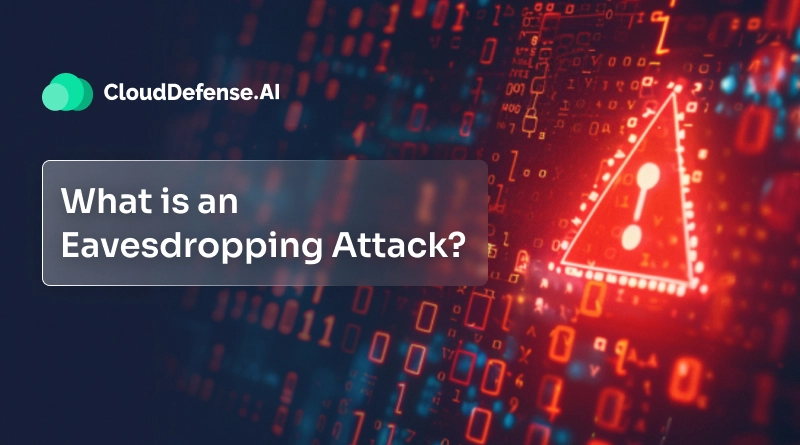













![[DEALS] Koofr Cloud Storage: Lifetime Subscription (1TB) (80% off) & Other Deals Up To 98% Off – Offers End Soon!](https://www.javacodegeeks.com/wp-content/uploads/2012/12/jcg-logo.jpg)





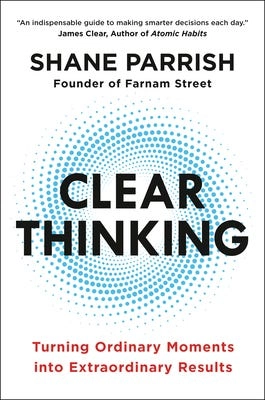









































-RTAガチ勢がSwitch2体験会でゼルダのラスボスを撃破して世界初のEDを流してしまう...【ゼルダの伝説ブレスオブザワイルドSwitch2-Edition】-00-06-05.png?width=1920&height=1920&fit=bounds&quality=70&format=jpg&auto=webp#)
















































































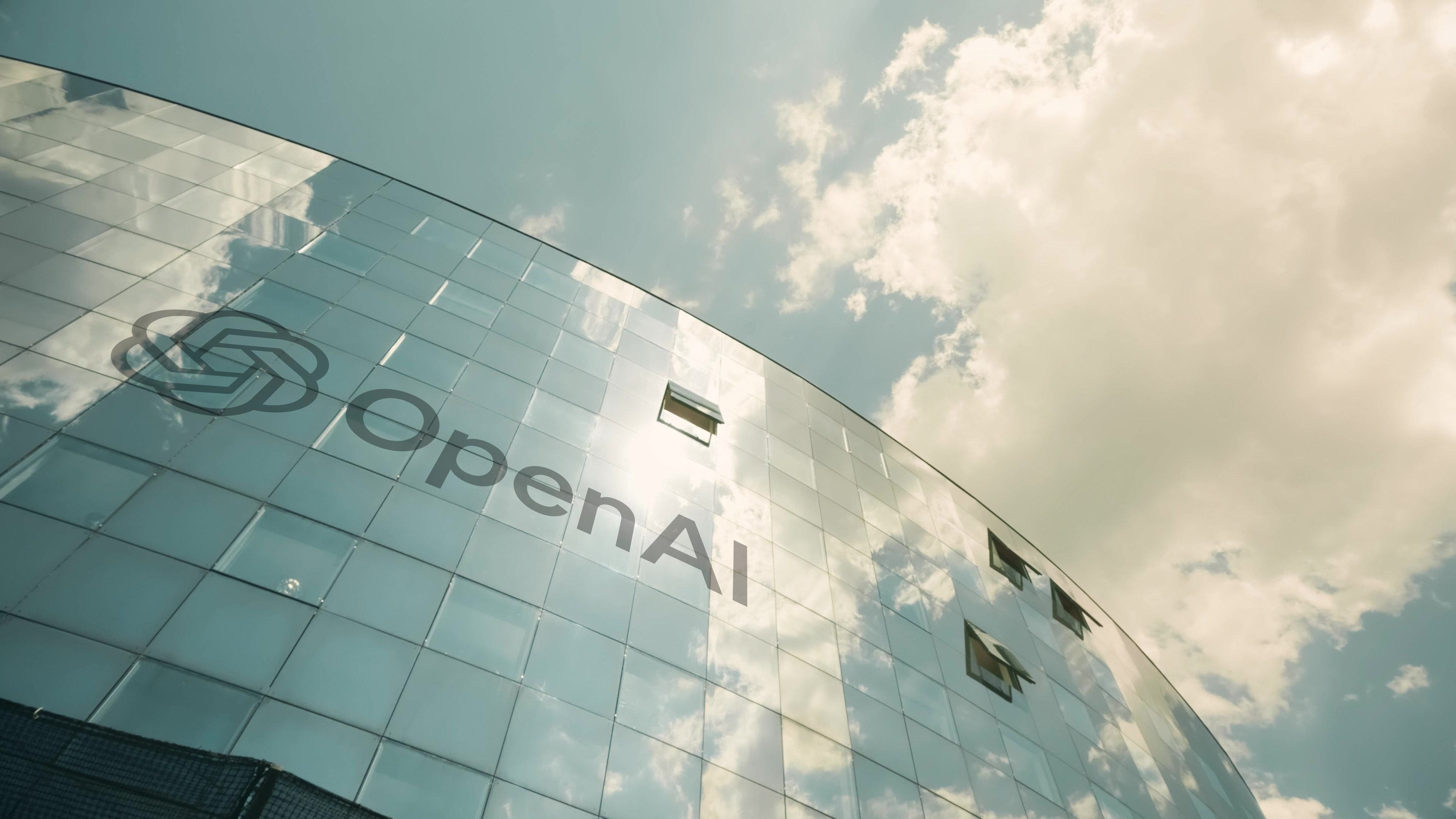









_roibu_Alamy.jpg?width=1280&auto=webp&quality=80&disable=upscale#)


.webp?#)























































































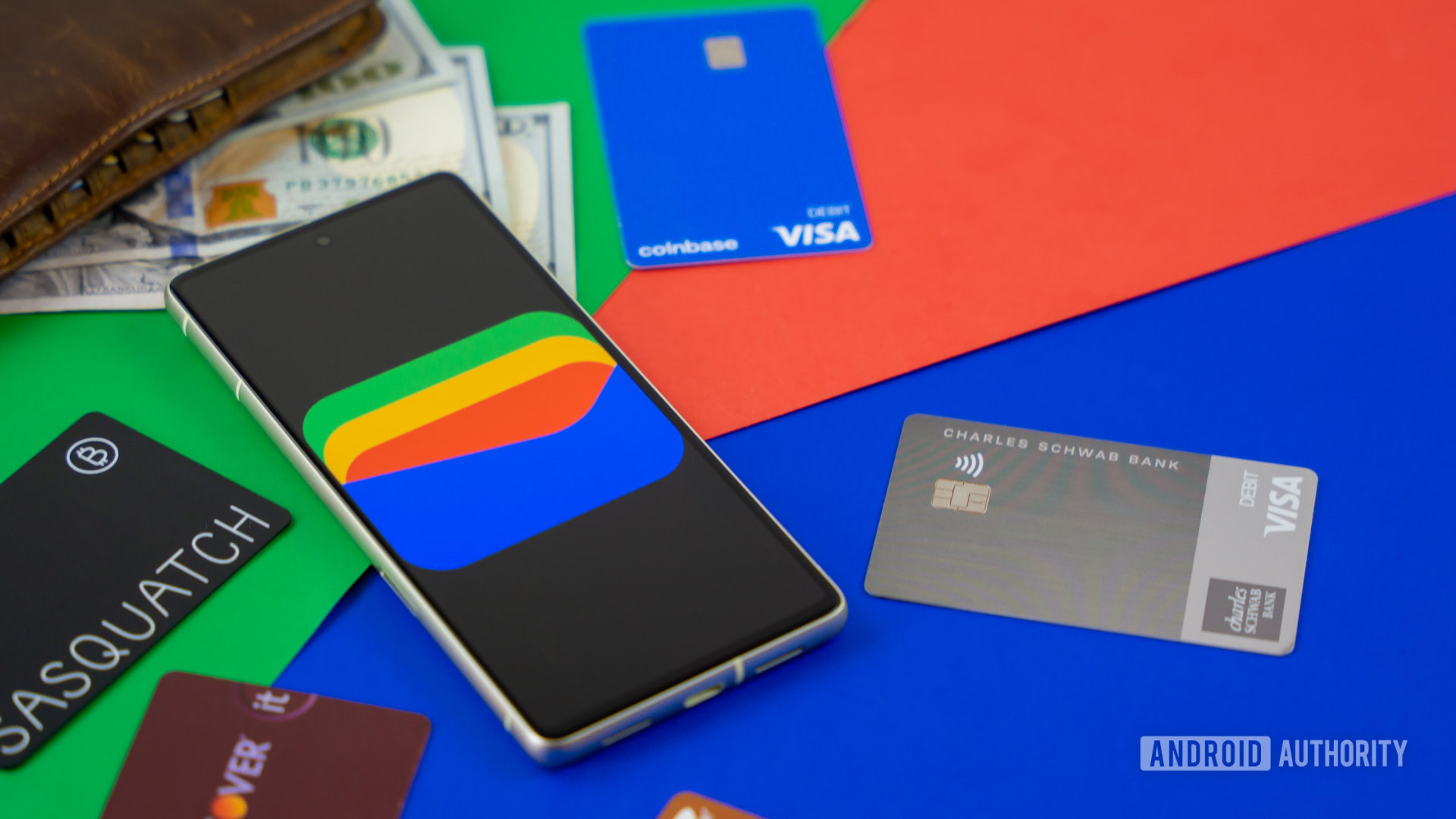


















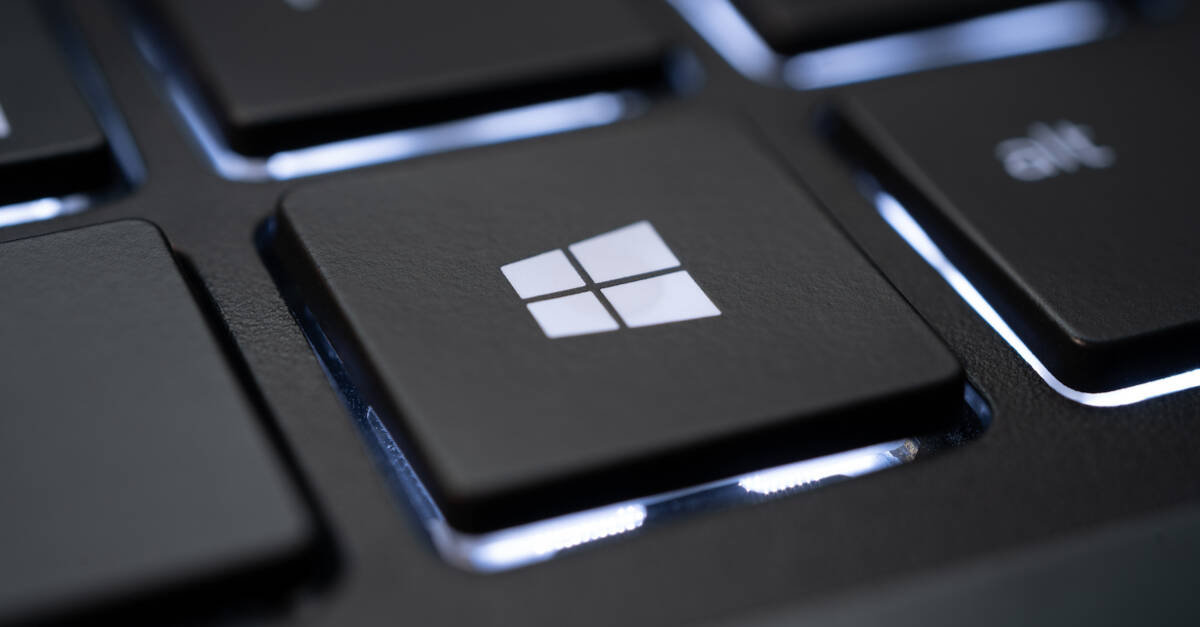


![M4 MacBook Air Drops to Just $849 - Act Fast! [Lowest Price Ever]](https://www.iclarified.com/images/news/97140/97140/97140-640.jpg)
![Apple Smart Glasses Not Close to Being Ready as Meta Targets 2025 [Gurman]](https://www.iclarified.com/images/news/97139/97139/97139-640.jpg)
![iPadOS 19 May Introduce Menu Bar, iOS 19 to Support External Displays [Rumor]](https://www.iclarified.com/images/news/97137/97137/97137-640.jpg)















































